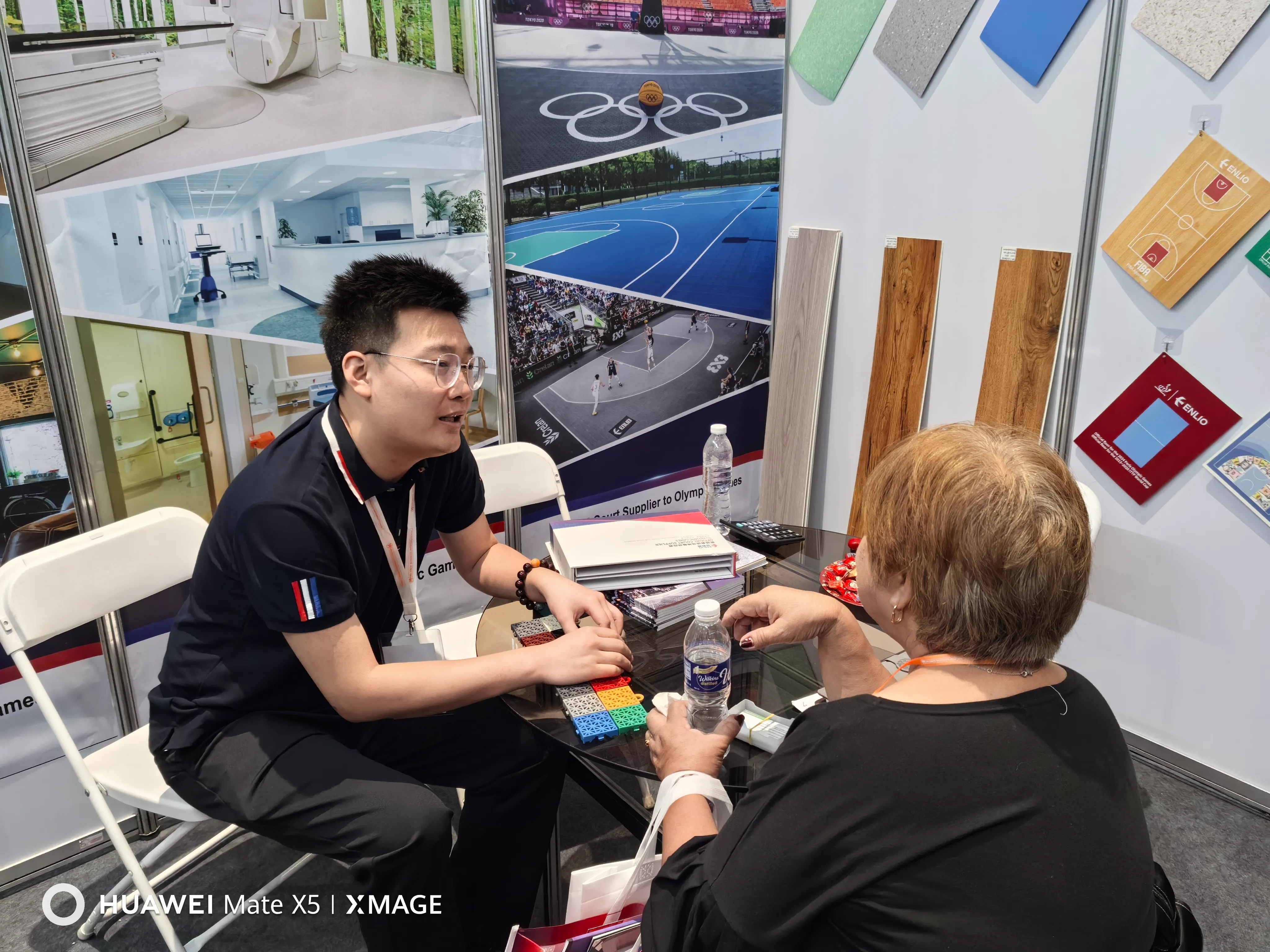Door Frames and Baseboards Design Ideas for Modern Interiors
The Importance of Door Architraves and Skirting Boards in Interior Design
When it comes to interior design, the finishing touches often make the most significant impact. Among these subtle yet crucial elements are door architraves and skirting boards, which play an essential role in the overall aesthetics and functionality of a space. In this article, we will explore the functions, styles, materials, and benefits of door architraves and skirting boards, highlighting their significance in creating a harmonious and polished environment.
Understanding Door Architraves
Door architraves are the decorative moldings that frame the doorway, serving as a transition between the wall and the door. They are not merely functional; they add a layer of visual interest and style to the doorway, enhancing the overall architecture of the room. Architraves come in various designs, ranging from simple modern styles to intricate traditional patterns.
The primary functions of door architraves include
1. Aesthetic Appeal Architraves provide a finished look to the doorways, contributing to the room's overall decor theme. They can be chosen to complement existing design elements, creating a cohesive look throughout the space.
2. Protection Besides their aesthetic function, architraves protect the edges of the wall from damage. They help in reducing wear and tear that can occur in high-traffic areas.
3. Concealment of Gaps Architraves help to conceal any gaps between the door frame and the wall, providing a seamless appearance that improves the overall look of the room.
Skirting Boards A Vital Design Element
Similarly, skirting boards, also known as baseboards or mopboards, are installed along the bottom of interior walls. They serve multiple purposes that enhance the functionality and appearance of a room
1. Protection of Walls Skirting boards protect the lower part of walls from scuff marks, water damage, and general wear and tear, particularly in busy households with children and pets.
door architrave and skirting

2. Visual Transition They create a visual separation between the wall and the floor, adding a definition to the space. The slight elevation offered by skirting boards helps in grounding the room, crafting a sense of cohesiveness.
3. Style Enhancement Just like architraves, skirting boards come in various designs and heights, enabling homeowners to choose options that fit their personal style, whether they prefer a minimalist approach or a more ornamental aesthetic.
Styles and Materials
Both door architraves and skirting boards are available in a multitude of styles and materials, making them versatile elements for any interior design scheme. Common materials include
- Wood Popular due to its natural beauty and durability, wood can be painted or stained to match various décor styles. It provides a classic touch that can elevate the design of any room.
- MDF (Medium Density Fiberboard) This is an affordable and easy-to-work-with option that can mimic the appearance of wood. It is particularly favored in modern homes for its smooth finish and ease of painting.
- PVC For those looking for a low-maintenance alternative, PVC skirting boards and architraves offer the benefit of being moisture-resistant and easy to clean, making them ideal for kitchens and bathrooms.
Benefits of Investing in Quality Finishes
Investing in high-quality door architraves and skirting boards can significantly enhance the value of a property. A well-finished interior reflects care and attention to detail, which potential buyers often appreciate. Additionally, these finishes can contribute to energy efficiency by eliminating drafts and improving insulation when installed properly.
In conclusion, door architraves and skirting boards may seem like minor details in the grand scheme of interior design, but they play a pivotal role in the overall functionality and aesthetic of a space. Whether you’re remodeling your home or building from scratch, considering the design and material choices for these elements is essential. They not only enhance the beauty of your home but also protect its structural integrity, making them indispensable components of any well-designed interior. By paying attention to these finishing touches, homeowners can achieve a cohesive and polished look that reflects their personal style.
-
SPC Vinyl FlooringJul.18,2025
-
Home SPC FlooringJul.18,2025
-
Heterogeneous Sheet Vinyl: The Ultimate Commercial Flooring SolutionJul.15,2025
-
Dry Back LVT Flooring: A Durable and Stylish Flooring SolutionJul.15,2025
-
Click LVT Flooring: A Stylish and Convenient Flooring SolutionJul.15,2025
-
SPC FlooringJun.24,2025




